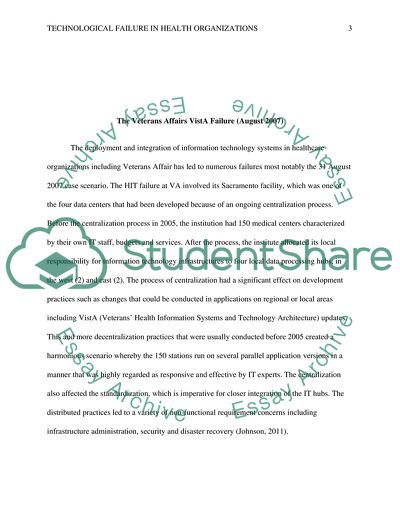Cite this document
(Technological Failure in Health Organization Coursework, n.d.)
Technological Failure in Health Organization Coursework. https://studentshare.org/health-sciences-medicine/1837891-writers-choice
Technological Failure in Health Organization Coursework. https://studentshare.org/health-sciences-medicine/1837891-writers-choice
(Technological Failure in Health Organization Coursework)
Technological Failure in Health Organization Coursework. https://studentshare.org/health-sciences-medicine/1837891-writers-choice.
Technological Failure in Health Organization Coursework. https://studentshare.org/health-sciences-medicine/1837891-writers-choice.
“Technological Failure in Health Organization Coursework”. https://studentshare.org/health-sciences-medicine/1837891-writers-choice.


